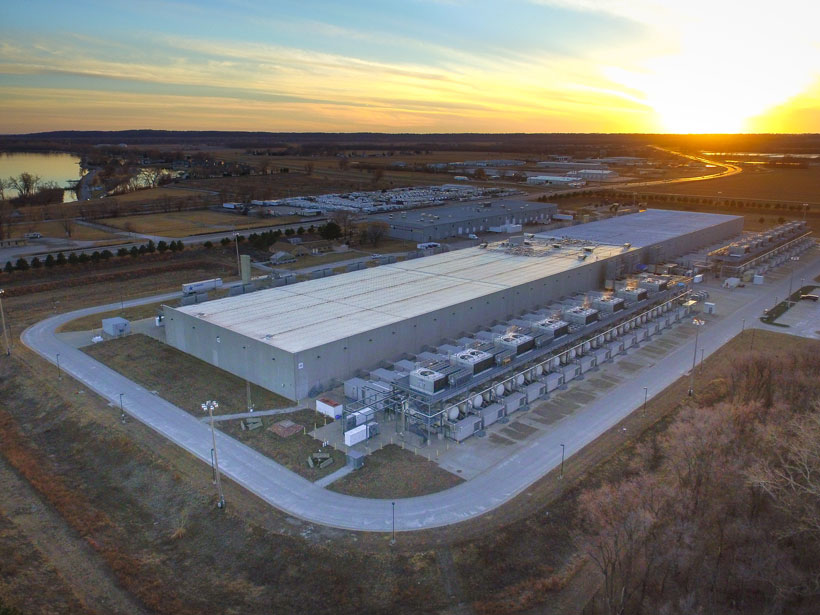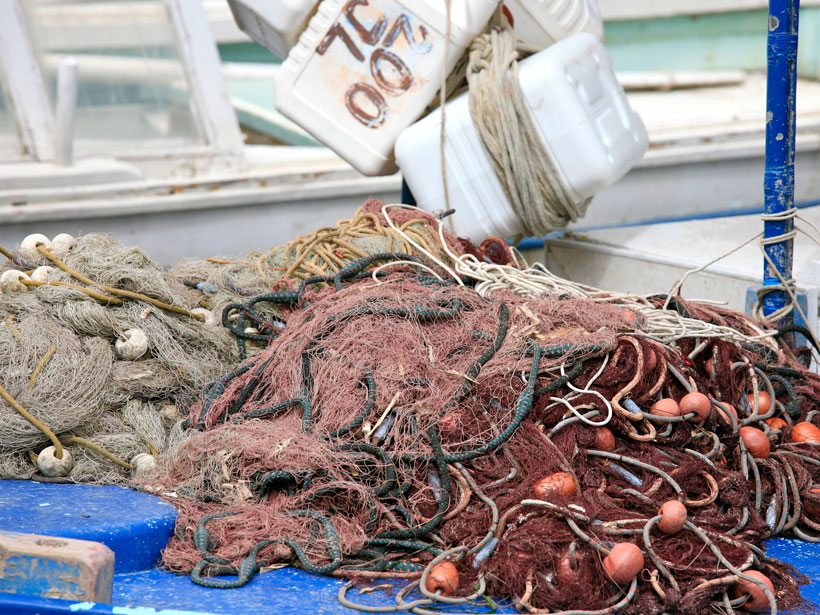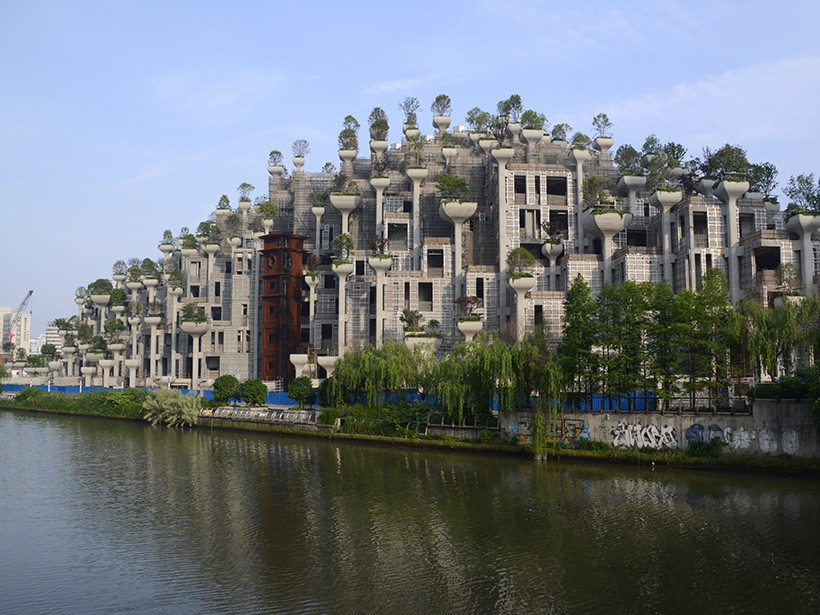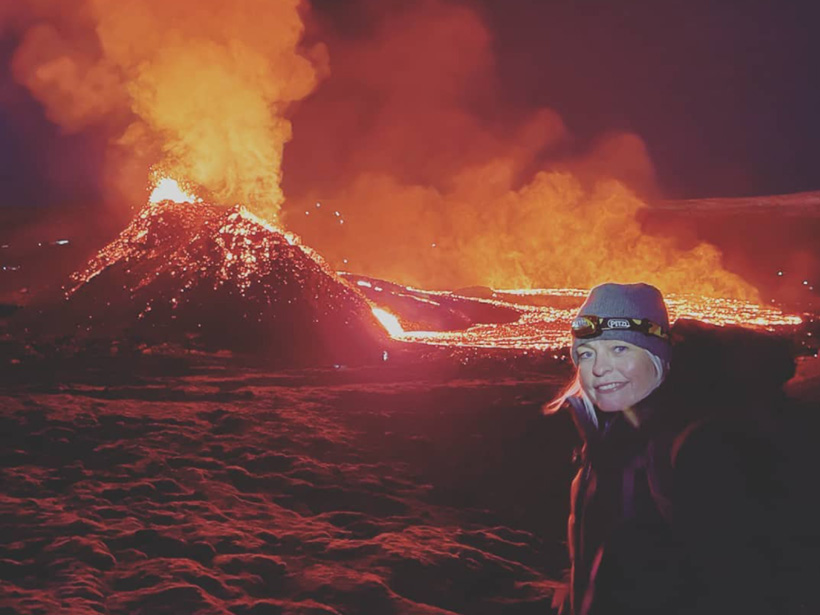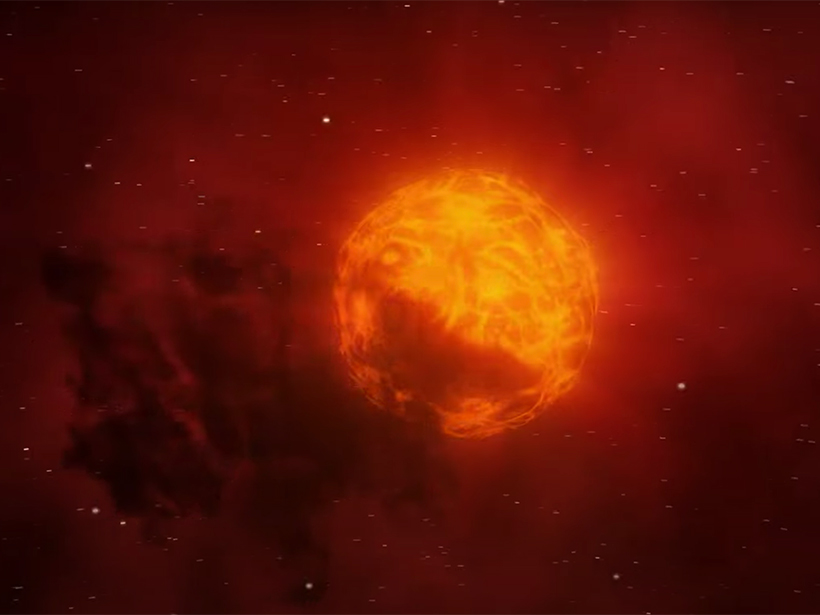Volcanic eruptions spread harmful metals in the environment. Now the biggest study to date details exactly where they end up.
News
Heating Up the Hot Spots
Climate change is affecting American military operations and infrastructure—and could have security implications across the globe.
A Remarkably Constant History of Meteorite Strikes
Researchers dissolve chunks of the ancient seafloor to trace Earth’s impact history and find that colossal clashes between asteroids don’t often trigger an uptick in meteorite strikes.
U.S. Data Centers Rely on Water from Stressed Basins
Researchers mapped the environmental footprint of data centers, shedding light on how and where the industry can improve.
Getting to the Bottom of Trawling’s Carbon Emissions
A new model shows that bottom trawling, which stirs up marine sediments as weighted nets scrape the ocean floor, may be releasing more than a billion metric tons of carbon every year.
Sowing 1,000 Trees into Shanghai’s Urban Fabric
A new development blends riverside nature with commercial construction.
Half of the IPCC Scenarios to Limit Warming Don’t Work
The Intergovernmental Panel on Climate Change showcased 50 scenarios to limit global warming to 1.5°C above preindustrial temperatures. A new study finds that only half of those scenarios are realistic.
Uganda Advances Toward Launching Its First Satellite
A new ground station and an expanded education network will lead to the launch of a security and Earth observation satellite in 2022.
Persiguiendo magma por la península de Reykjanes en Islandia
La Oficina Meteorológica de Islandia ha estado rastreando la agitación cerca de la erupción de Fagradalsfjall desde diciembre de 2019, mientras que investigadores en otros lugares exploran nuevos métodos para ver los enjambres sísmicos de Islandia.
When Betelgeuse Won’t Explode, You Need a Big Telescope to Prove It
Thanks to last-minute telescope time, researchers pieced together the sequence of events that caused Betelgeuse’s Great Dimming last year.




